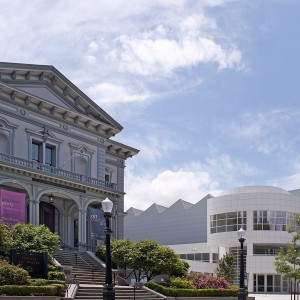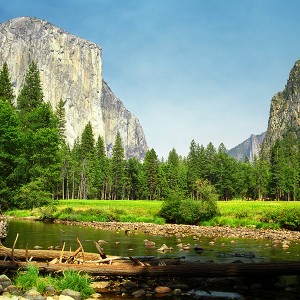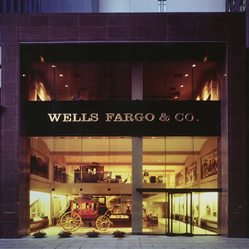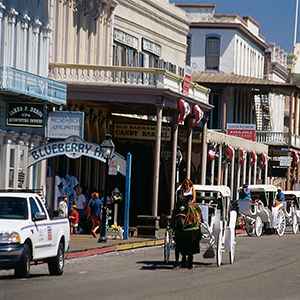Infamous Bay Area Icon and vision to behold come sunset, with various beloved Fisherman’s Wharf venues touting “the best views of,” this intimidating, dark fortress seemingly afloat in the frigid water of San Francisco Bay and often referred to as “The Rock” was developed first as a formidable military fortification, then, ultimately a maximum security federal penitentiary, operational until 1963 when upkeep demands forced its closure. In its heyday, manned by a 155 member staff highly trained in security but seriously lacking rehabilitation skills, Alcatraz hosted some of the most notorious criminals in American history: world-renowned gangster Al Capone, the infamous George “Machine Gun” Kelly, convicted murderer and mobster, James “Whitey” Bulgur and deviate Alvin “Creepy” Karpis, who served more time on the Rock than any other inmate. Today, the island’s facilities are managed by the National Park Service as a part of the Golden Gate National Recreation Area and all are open for tours. Home to the West Coast’s oldest operational lighthouse, Alcatraz’s otherwise abandoned compounds now host a variety of native seabirds in lieu of incorrigible, cold blooded criminals. Prevalent Native legend holds forth the idea the island, itself is “cursed” and “evil;” that said, efforts are ongoing to restore the grounds and gardens once planted and tended by military families with the goal of creating a less hostile environment for curious yet wary visitors, who may reach the island by ferry from Pier 33.
Exploring America > U.S. Cities > San Francisco Tours









